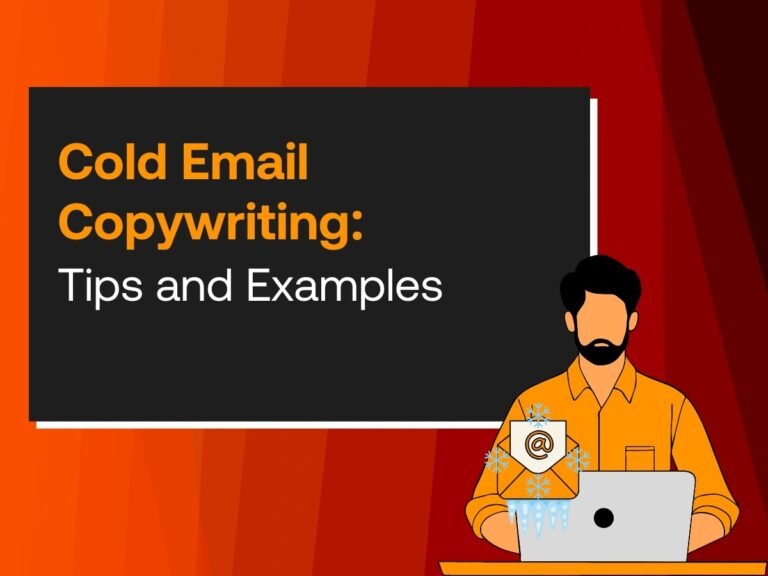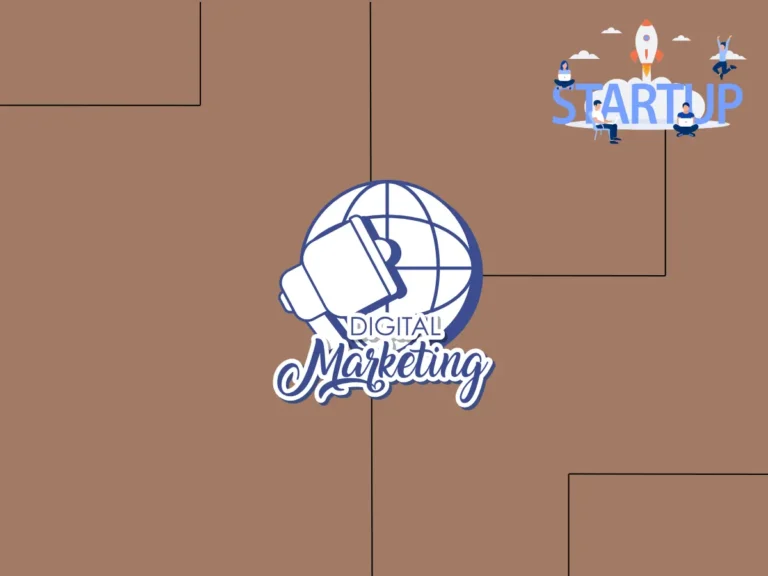
Do Bloggers Really Get Paid? Can Blogging Make You a Billionaire?
If you’ve ever wondered whether turning your thoughts into blog posts could actually earn you money—or even make you rich—you’re not alone. The truth is, blogging has evolved into more than just an online diary; it’s now a serious business opportunity. Whether you’re passionate about finance, fashion, food, or tech, launching a blogging business could be your first step toward building a profitable digital brand.
In this guide, you’ll discover how to turn your passion for writing into a thriving blogging business from scratch. From finding your niche and growing your audience to monetizing your content and scaling up, we’re breaking it all down into actionable steps. So, if you’re ready to turn creativity into cash and connect with a global audience, let’s dive in—this could be the beginning of your blogging empire.
What is Blogging?
Blogging is all about creating and sharing content—whether it’s text, images, videos, or audio—on your own website. From travel diaries and tech reviews to favorite recipes and book opinions, blogs are a fun way to express yourself and connect with a global audience.
Whether personal or niche-focused like fashion, gaming, or fitness, blogging offers something for everyone. And starting one? It’s easier than you think—with platforms like WordPress or Blogger, you just need a voice and the passion to share it.
But blogging isn’t just about sharing ideas—it can also open doors to real income. Many bloggers turn their passion into a full-blown blogging business, earning through brand partnerships, ads, or selling digital products.
It’s an exciting path for students, mompreneurs, solopreneurs, and creatives alike. If you’ve got a story to tell or a niche you love, blogging could be your next big move.
Check out our guide on How To Start A Travel Blog Business
How to Start a Blogging Business in 2025
Starting a blog is an exciting journey that allows you to share your thoughts, ideas, and passions with the world.

Whether you want to blog for personal expression, to educate others, or even to earn money, here’s a step-by-step guide to help you get started:
Step 1: Define Your Purpose and Niche
Decide on the purpose of your blog and the topics you want to cover. Choose a blog business niche that aligns with your interests and expertise, as this will help you attract a specific audience.
Step 2: Choose a Blogging Platform
Select a blogging platform that suits your needs and technical proficiency. Popular platforms like WordPress, Blogger, and Medium offer user-friendly interfaces and various customization options.
Step 3: Pick a Memorable Domain Name
Choose a unique and memorable domain name (e.g., www.yourblogname.com) that reflects your blog’s identity. You can start with a free domain name. Just try to keep it simple, relevant, and easy to spell.
Step 4: Set Up Web Hosting (if needed)
If you choose a self-hosted platform like WordPress hosting, you’ll need web hosting to store your blog’s files and make them accessible online. Many hosting providers offer affordable plans for beginners.
Step 5: Customize Your Blog’s Design
Select a visually appealing theme or template that complements your blog’s content and reflects your style. Customize colors, fonts, and layout to create a unique look.
Check out our guide on Top Website Design.
Step 6: Create and Publish Your First Blog Post
Start writing your first blog post! Share an introduction, tell your story, or dive right into your chosen niche. Aim for engaging, valuable content that will captivate your readers.
Step 7: Promote Your Blog
Share your blog posts on social media platforms and engage with potential readers. Use relevant hashtags, join online communities, and interact with others in your niche.
Read more about Social Media Strategies
Step 8: Optimize for Search Engines (SEO)
From on-page SEO to off-page SEO, make sure you implement basic SEO practices to improve your blog’s visibility on search engines. Use relevant keywords, write descriptive meta tags, and create valuable content that attracts organic traffic.
Step 9: Build Relationships and Network
Connect with other bloggers in your niche and build relationships within the blogging community. Networking can lead to guest posting opportunities, collaborations, and cross-promotion.
Step 10: Engage with Your Audience
Respond to comments, emails, and social media messages from your readers. Building a strong relationship with your audience fosters trust and loyalty.
Step 11: Monetize Your Blog (optional)
If you’re interested in earning money from your blog, explore various website monetization methods like Google AdSense, affiliate marketing, sponsored content, selling digital products, or memberships.
Step 12: Stay Consistent and Evolve
Consistency is key in blogging. Keep publishing valuable content and evolving your blog based on audience feedback and your insights.
Can You Start a Blog With No Money?
Yes, you can start a blog with no money!
In today’s digital age, there are plenty of free and low-cost resources available that make it easy for anyone to begin their blogging journey without breaking the bank.
Here’s how you can get started on a budget:
1. Choose a Free Blogging Platform
Several blogging platforms offer free plans that allow you to create and publish blog posts without any cost. WordPress.com, Blogger, and Medium are popular options that offer user-friendly interfaces and a range of customization features.
2. Free Domain and Hosting
While a custom domain (e.g., www.yourblogname.com) adds a professional touch, you can initially start with a subdomain provided by the blogging platform. As your blog grows, you can invest in a custom domain. Additionally, some platforms offer free hosting, so you don’t need to worry about server expenses.
3. Utilize Free Themes and Templates
Most blogging platforms offer a selection of free themes and templates to give your blog a visually appealing look. These templates can be customized to suit your style and content.
4. Create Your Content
The most essential part of blogging is your content, and that doesn’t cost a dime! Let your creativity flow and start writing about what you’re passionate about. Engaging, informative, and authentic content is what will attract readers to your blog.
Check out our guide on Content Marketing Strategies
5. Free Image Resources
To add visuals to your blog posts, you can use free stock photo websites like Unsplash, Pixabay, or Pexels. These platforms offer a wide range of high-quality images that you can use without worrying about copyright issues.
6. Social Media Promotion
Leverage social media to promote your blog and reach a wider audience. Create accounts on platforms like Twitter, Facebook, Instagram, or Pinterest, and share your blog posts with relevant hashtags to boost visibility.
7. Networking and Collaboration
Connect with other bloggers in your niche and build relationships within the blogging community. Networking can lead to guest posting opportunities, collaborative projects, and cross-promotion, all without spending a dime.
8. Google Analytics
Monitor your blog’s performance and audience engagement with Google Analytics. This powerful tool is free and provides valuable insights into your blog’s traffic and user behavior.
Starting a blog with no money might require a bit more effort, but it’s entirely possible. As your blog gains traction and you want to explore additional features or a custom domain, you can gradually invest in your blogging venture.
How To Create A Blog For Free On Google And Earn Money
Creating a blog for free on Google and earning money is an exciting venture that requires a combination of passion, persistence, and smart monetization strategies.
Follow these steps to get started:
Step 1 – Sign Up for a Google Account
If you don’t already have a Google account, create one. This account will give you access to Google’s suite of services, including Blogger, which is Google’s free blogging platform.
Step 2 – Set Up Your Blog on Blogger
Go to Blogger (blogger.com) and sign in with your Google account. Click on “Create a blog” to get started. Choose a unique and descriptive name for your blog and select a blog address (URL). Keep in mind that this URL will end with “.blogspot.com” if you’re using the free version.
Step 3 – Customize Your Blog
Blogger offers a range of free templates to choose from. Pick a template that suits your blog’s style and content. You can further customize the template, layout, colors, and fonts to give your blog a personal touch.
Step 4 – Create High-Quality Content
Start writing and publishing blog posts about topics you’re passionate about. Aim for engaging, valuable, and well-written content that resonates with your target audience. Consistency is key, so try to establish a regular posting schedule.
Step 5 – Drive Traffic to Your Blog
Share your blog posts on social media platforms and engage with your audience. Use relevant keywords and implement basic search engine optimization (SEO) techniques to increase your blog’s visibility on search engines.
Step 6 – Monetize Your Blog
Now comes the fun part – earning money from your blog. There are several ways to monetize your blog on Blogger:
- Google AdSense
- Sponsored Content
- Digital Products
- Donations and Crowdfunding
Step 7 – Track Performance and Optimize
Use Google Analytics to monitor your blog’s performance, track traffic, and understand your audience’s behavior. Use these insights to optimize your content and monetization strategies.
Step 8 – Engage and Grow Your Audience
Engage with your readers through comments, social media, and email newsletters. Building a loyal and engaged audience is crucial for the success of your blog.
Remember, creating a successful blog takes time and effort. Be patient, keep producing valuable content, and experiment with different monetization methods to find what works best for your audience and niche.
With dedication and perseverance, your free Google blog can become a thriving platform for sharing your passion and earning money online.
Read more about Email Marketing Strategies
Let’s Write
Back to our first two questions – do bloggers get paid? Can blogging make you a billionaire?
Yes and yes! Bloggers make a lot of money, and you can too. However, you need to be strategic and creative with your blog.
From choosing the right blogging niche to implementing the right monetization strategies, there’s a lot to do before your blog starts churning out millions. So, start now!
Remember, blogging is not just about setting up a website and writing words – it’s about sharing your unique voice, passions, and experiences with the world.
Embrace your authenticity and let your creativity shine through your posts.
Building a successful blog takes time, dedication, and continuous learning. Stay consistent, engage with your audience, and be open to evolving your blog based on feedback and insights.




